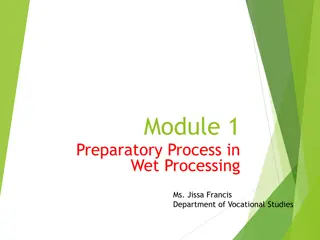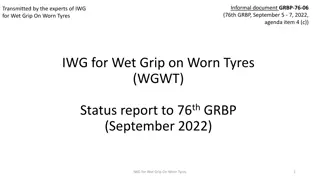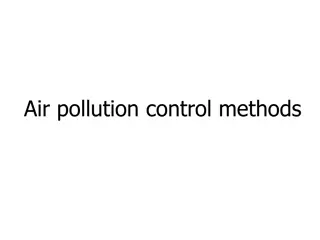
Water Rights and Policy Seminar Insights
Explore the complexities of water rights quantification, distribution duties, carrier water, and surface to underground actions in the context of current water laws and policies. Delve into the challenges faced in addressing distribution consequences adequately.
Download Presentation

Please find below an Image/Link to download the presentation.
The content on the website is provided AS IS for your information and personal use only. It may not be sold, licensed, or shared on other websites without obtaining consent from the author. If you encounter any issues during the download, it is possible that the publisher has removed the file from their server.
You are allowed to download the files provided on this website for personal or commercial use, subject to the condition that they are used lawfully. All files are the property of their respective owners.
The content on the website is provided AS IS for your information and personal use only. It may not be sold, licensed, or shared on other websites without obtaining consent from the author.
E N D
Presentation Transcript
Water Law and Policy Seminar March 19, 2018 Jared Manning, P.E. Assistant State Engineer
Water Rights Quantification ( Currency Units) Early Days Development of surface sources o Irrigated Land (acres) o Flow Rate (cfs) Today Development of wells o Irrigated Land (acres), Livestock (elu), Domestic (edu) o Diversion Volume (acre-feet) o Depletion Volume (acre-feet) Is flow rate relevant in today s world?
Distribution Duty Early decrees assigned duties for surface water based on ac/cfs Typical decreed duty is 40-120 ac/cfs; usually close to 60 ac/cfs o 1 cfs = 2 ac-ft/day o (2 ac-ft/day * 30 days) / 60 ac = 1 ac-ft/ac/mo o 7 mo * 1 ac-ft/ac/mo = 7 ac-ft/ac Duties today are mostly 3-5 ac-ft/ac How is duty currently applied in distribution?
Distribution Duty Distribution is done by flow rate, not volume o Exception #1: Duchesne/Strawberry Rivers o Exception #2: Potentially Utah Lake Normal irrigation season usually 5-6 months Most primary rights reduced in the summer Actual volume diverted about 2-5 ac-ft/ac
Carrier Water Definition: water diverted at the head of the canal that does not get applied to the land; or system inefficiencies Examples o Losses from seepage and evaporation o Flow-through water past the last turnout o Periodic Overflow Reducing inefficiencies o Canal lining, piping o Storage ponds o Turns schedule o Automation
Surface to Underground Actions Where Flow Quantification is Beneficial Deeds Segregations Share statements Change applications
So...When is Water Not Wet? When water rights actions fail to adequately address distribution consequences
Distribution Accounting Models https://waterrights.utah.gov/wcat/ListModels.asp






















